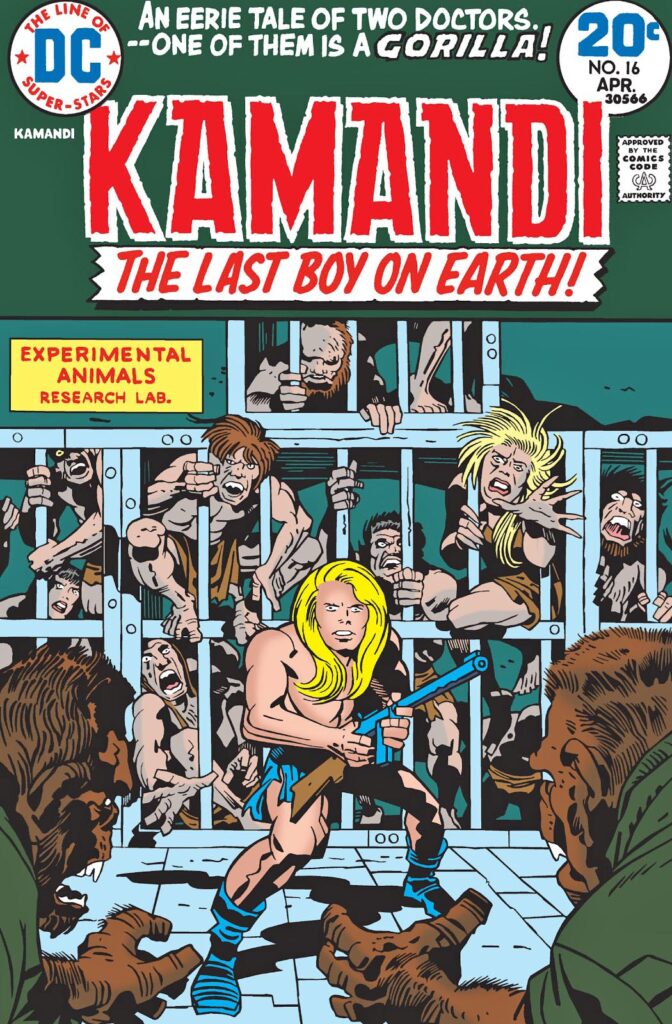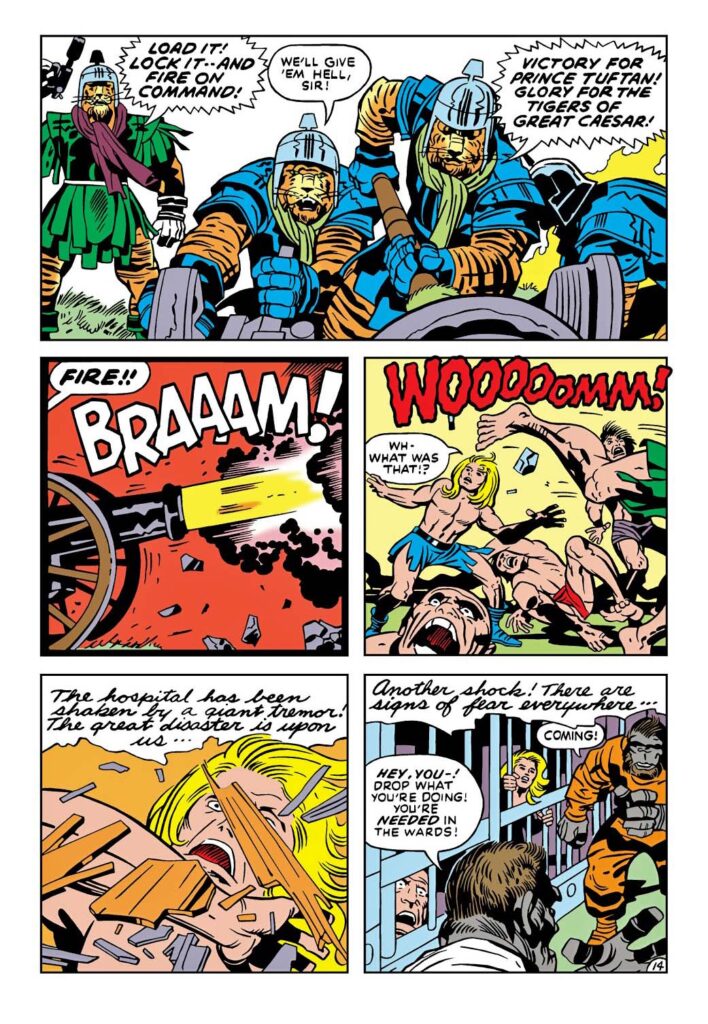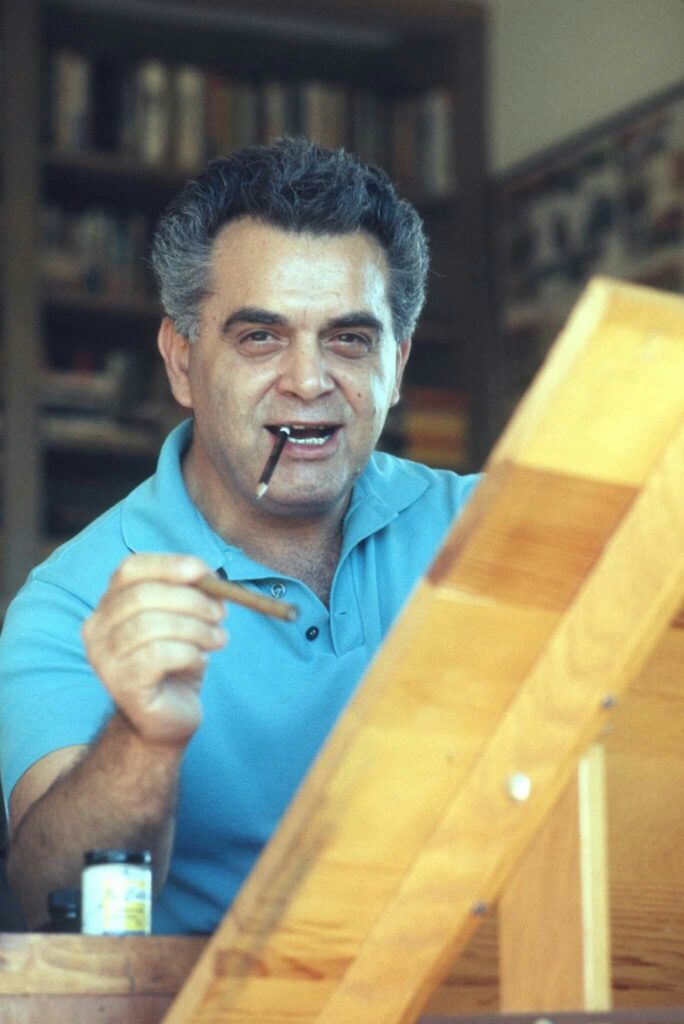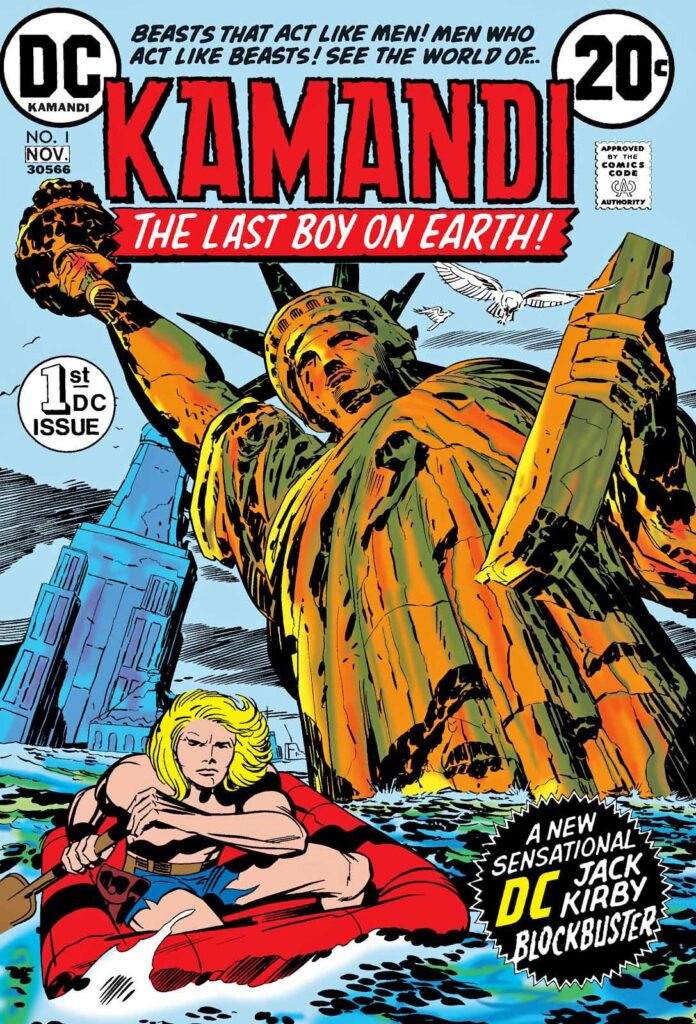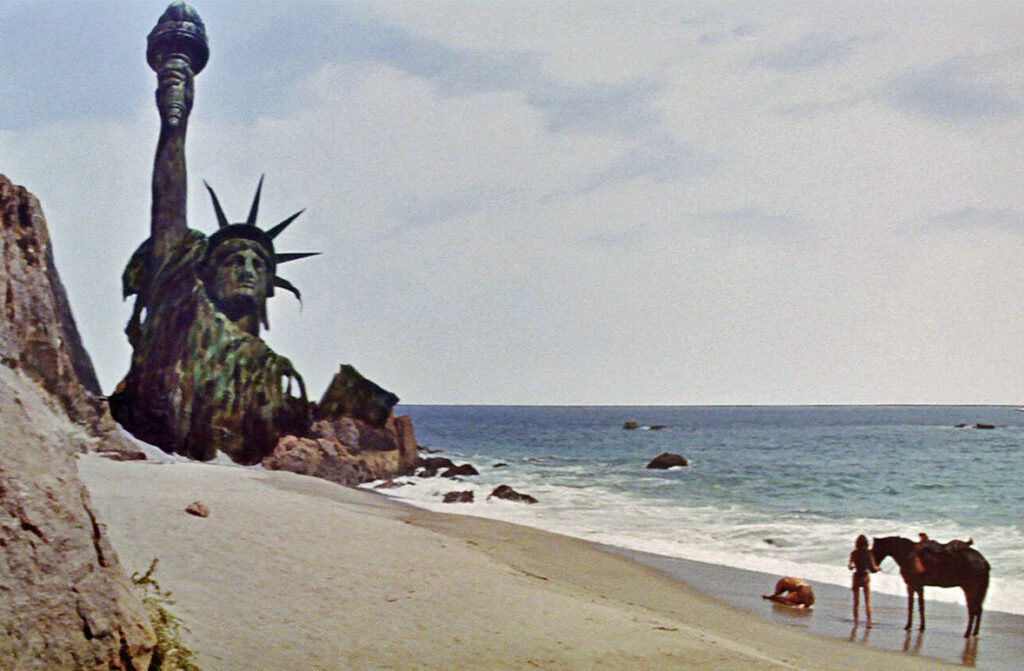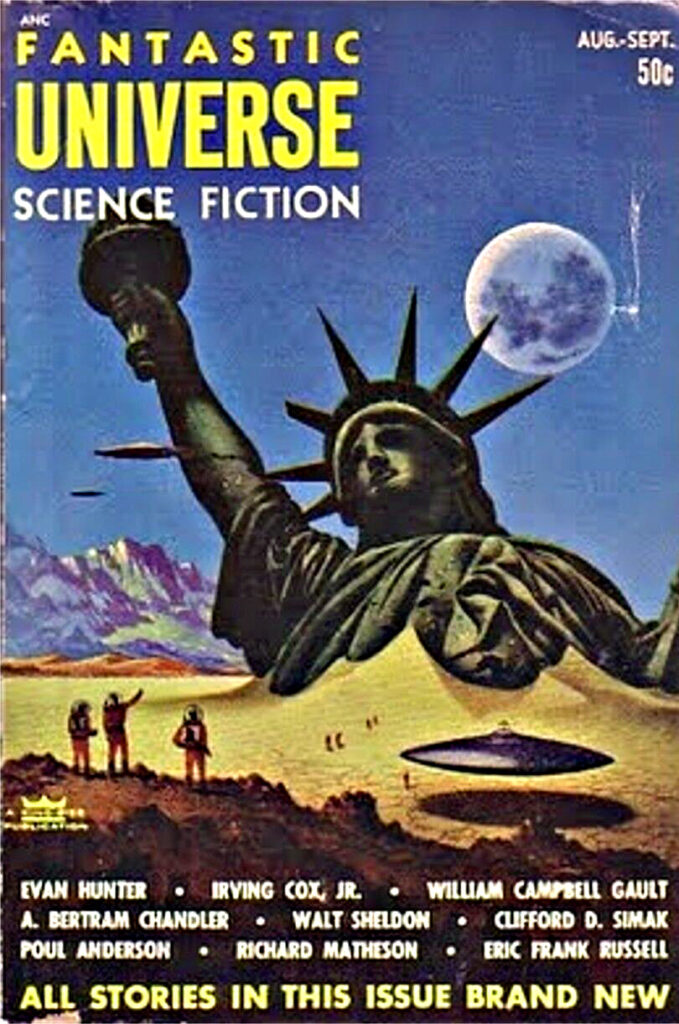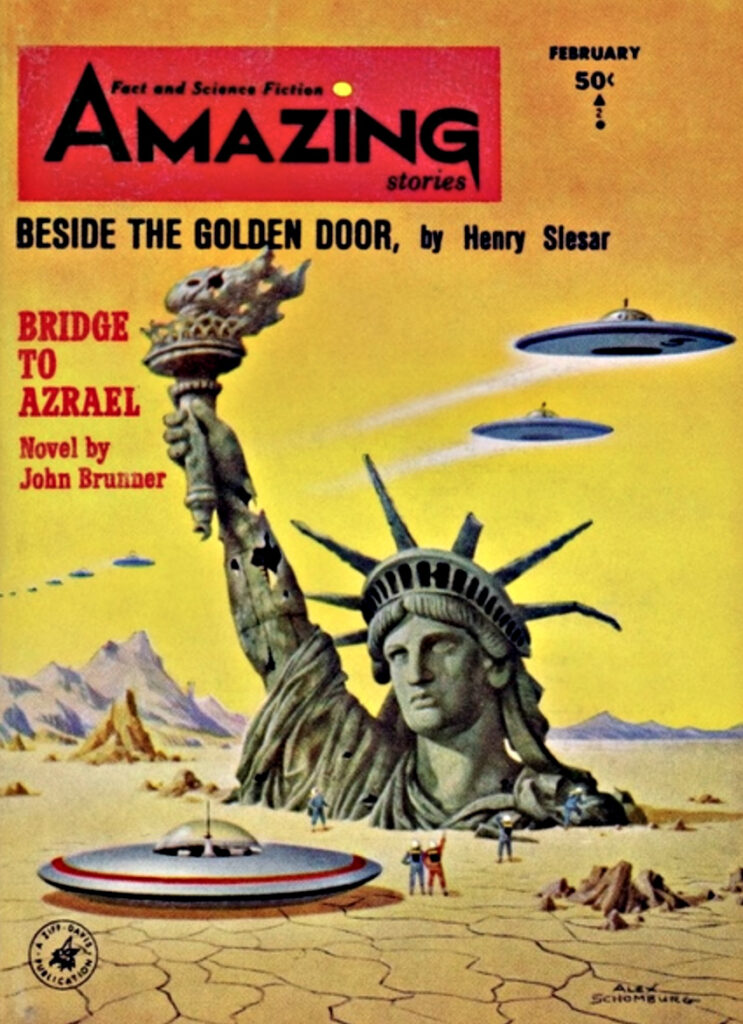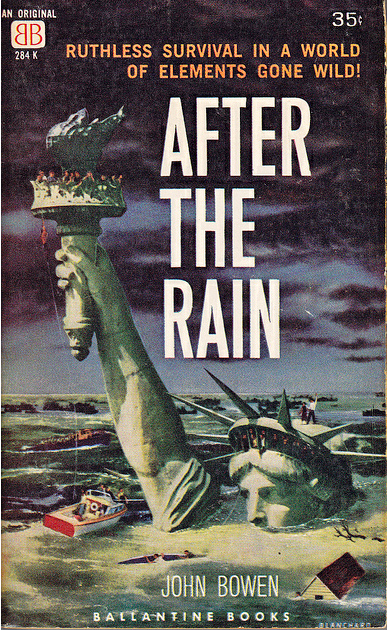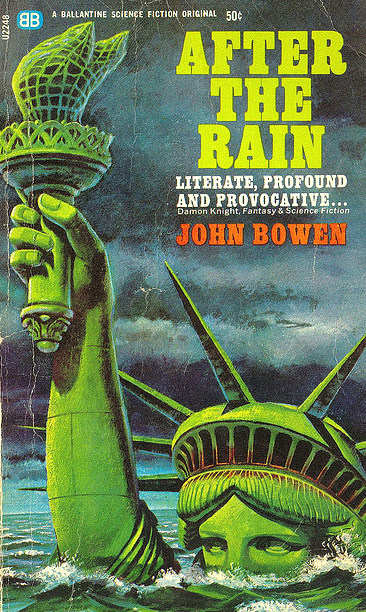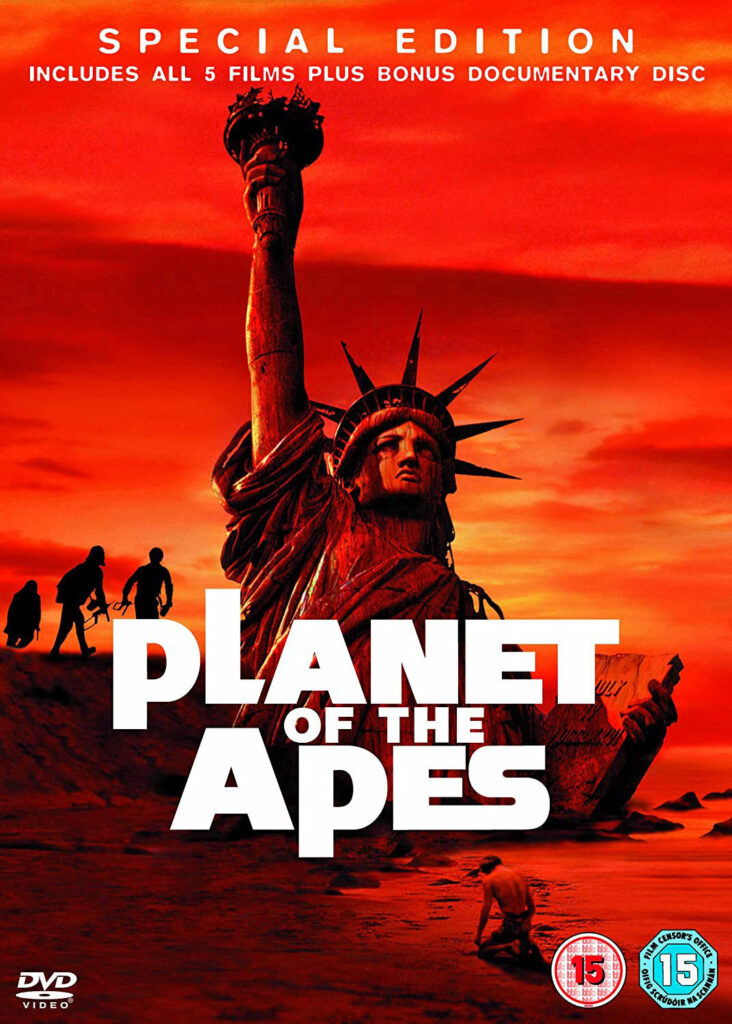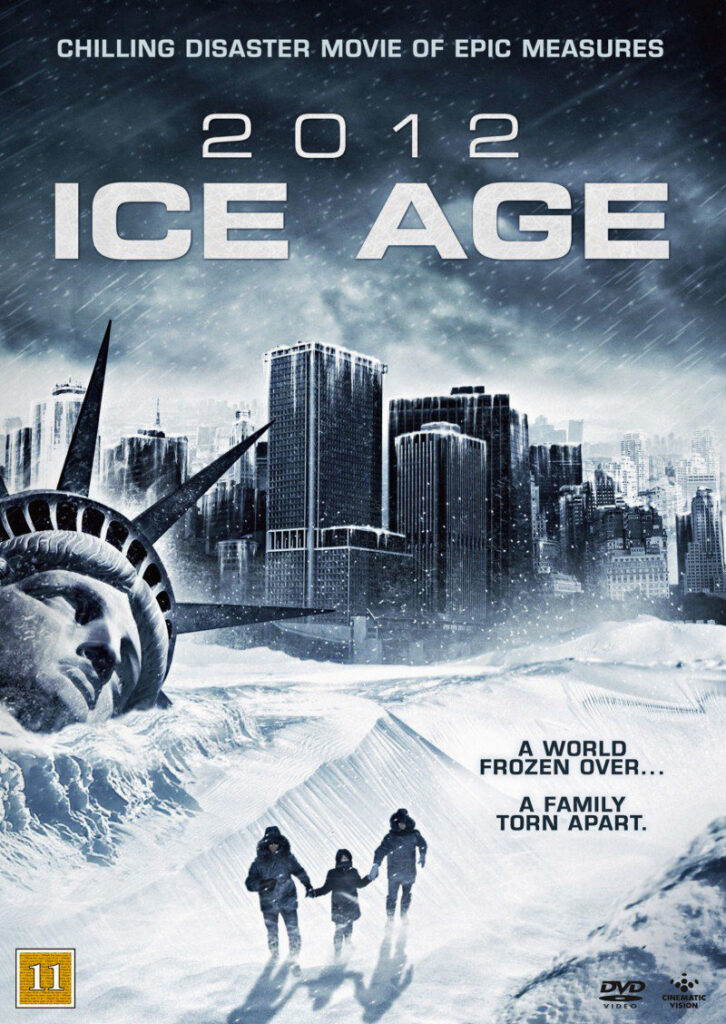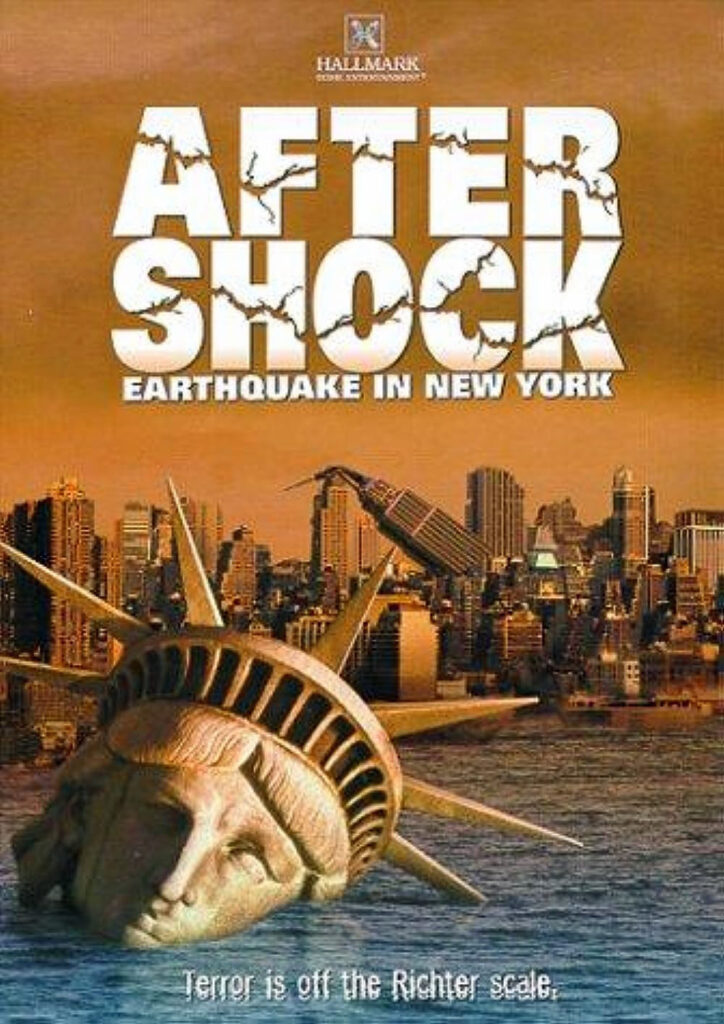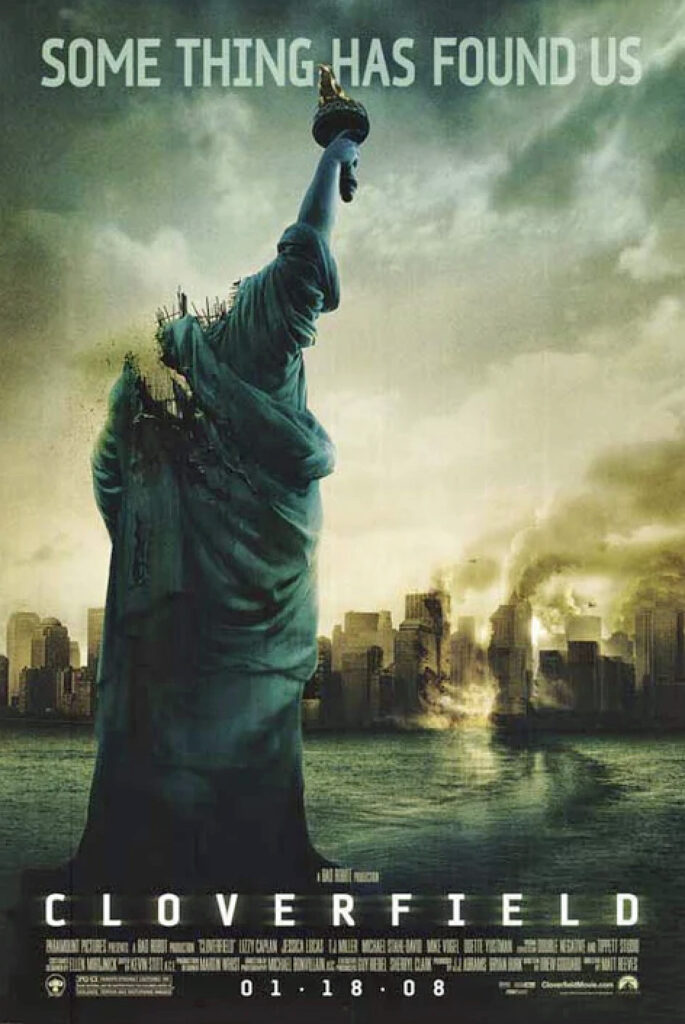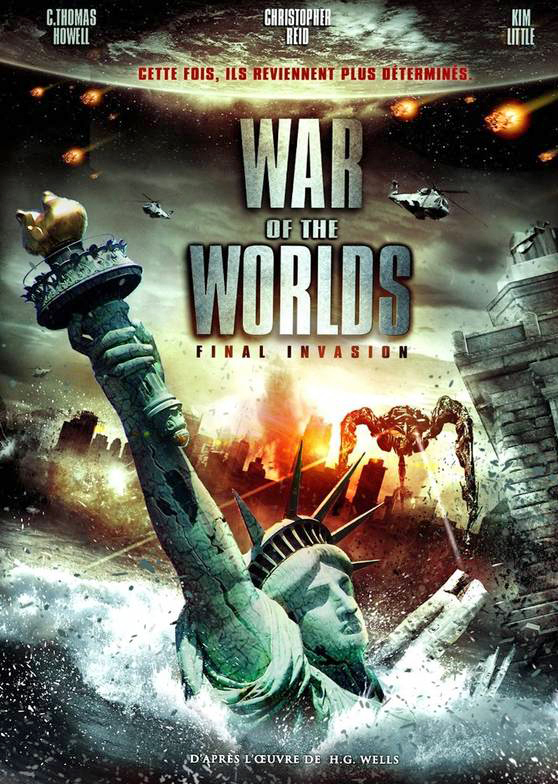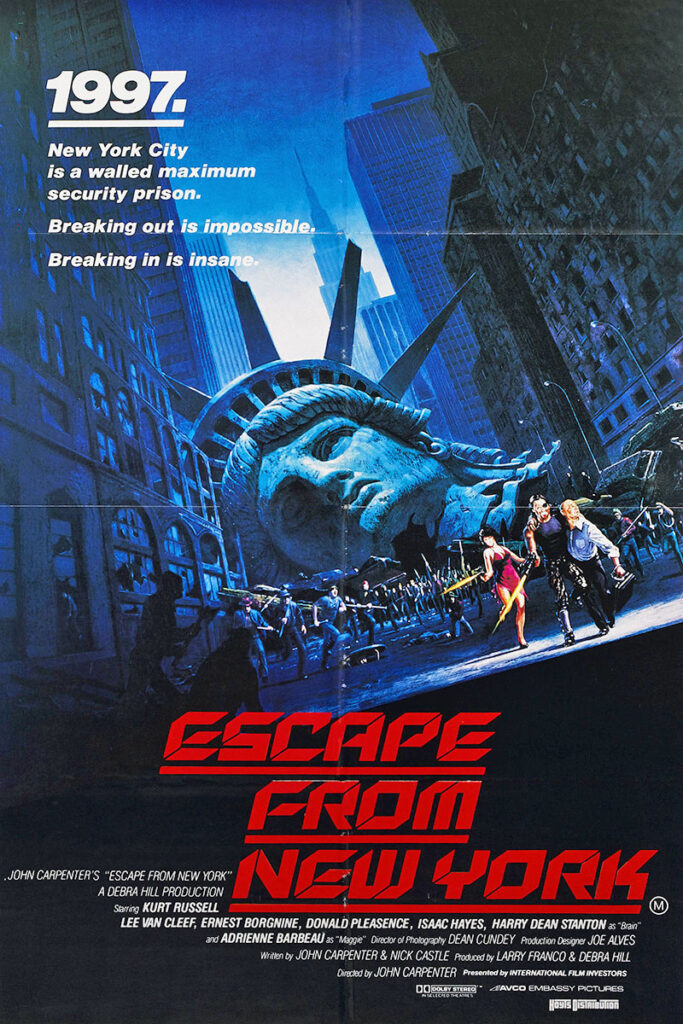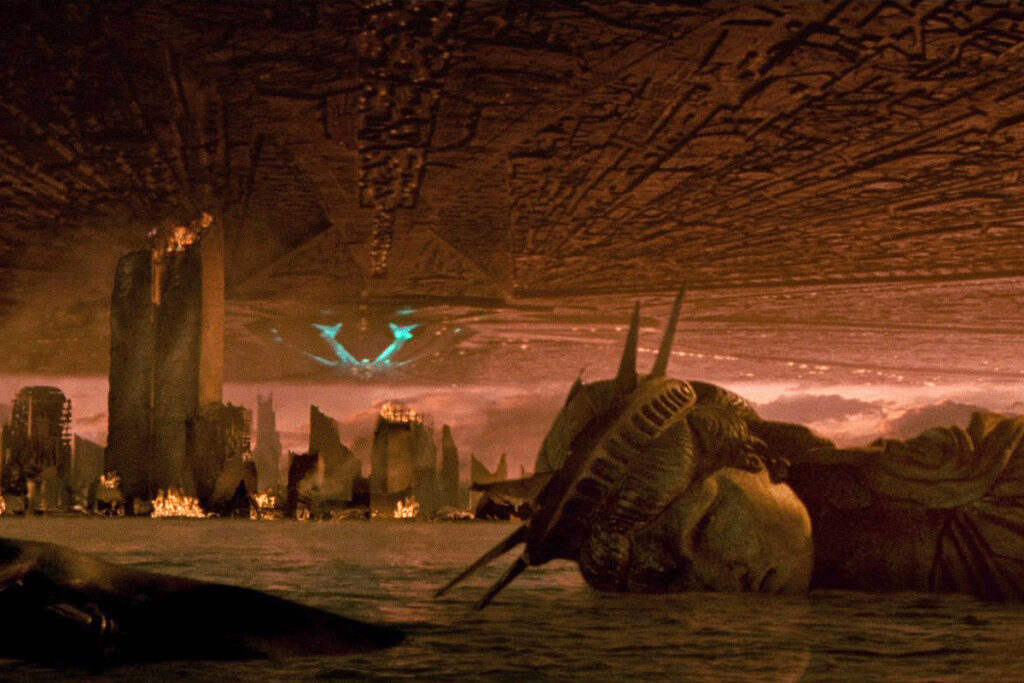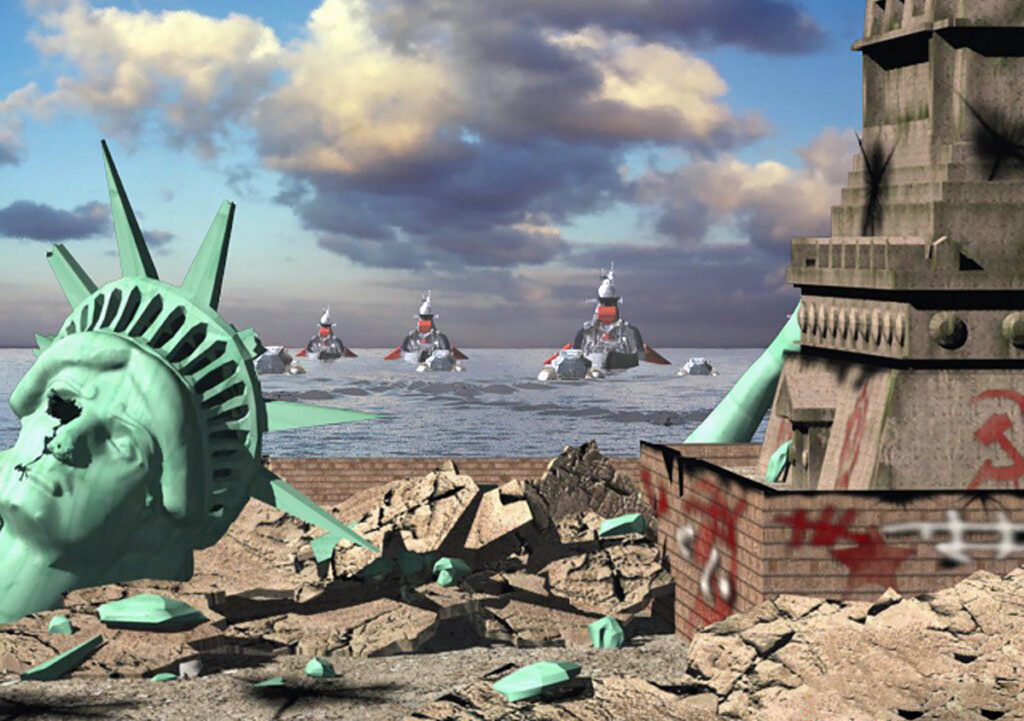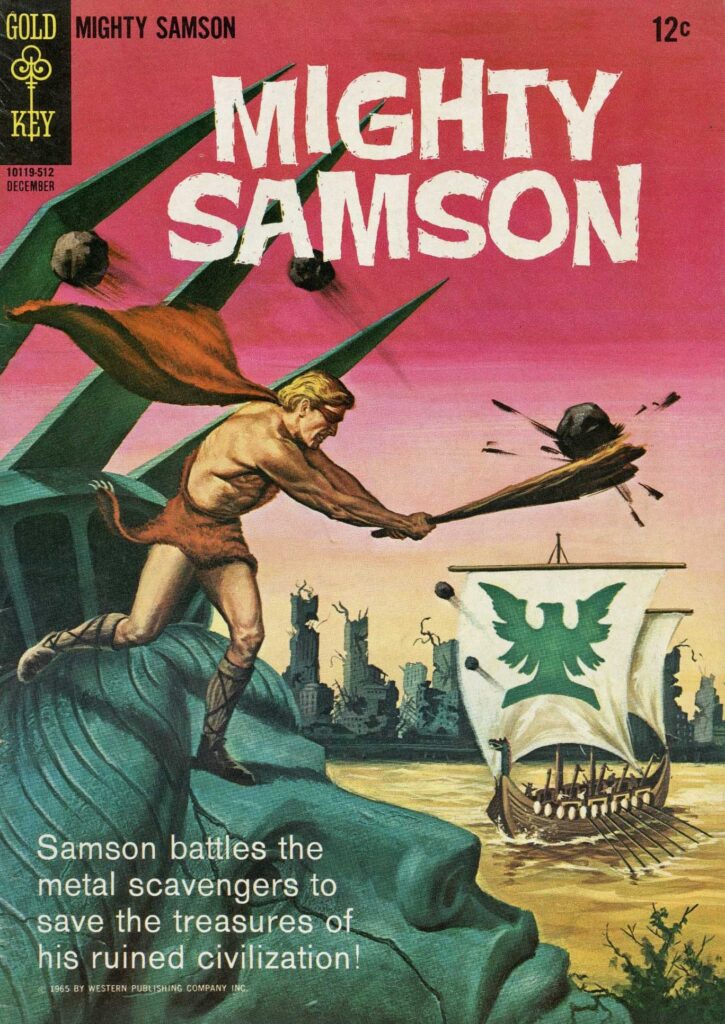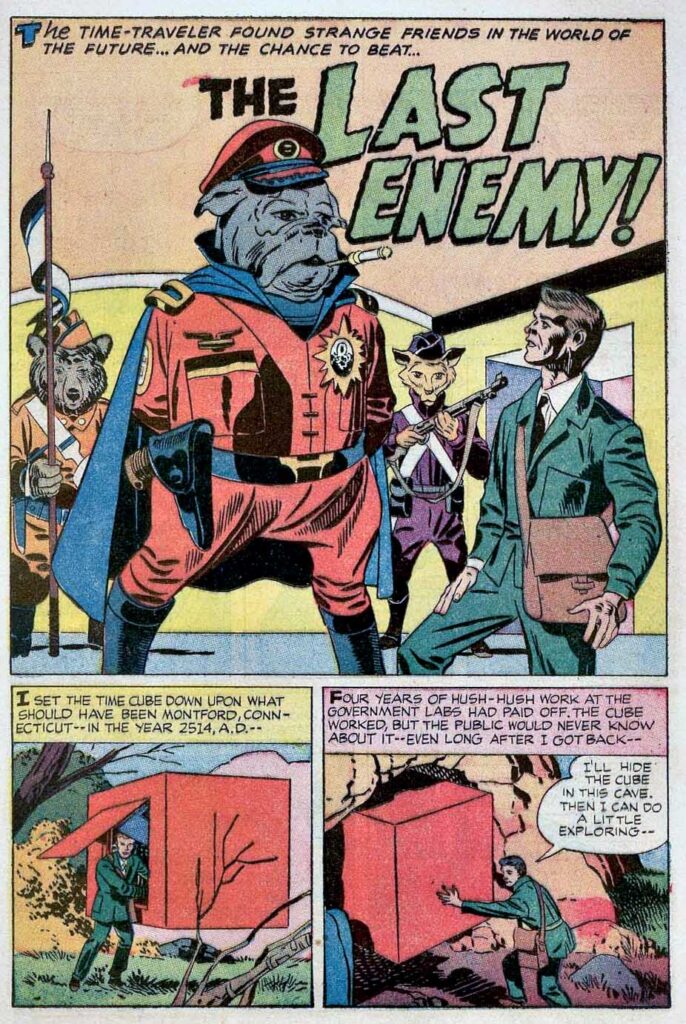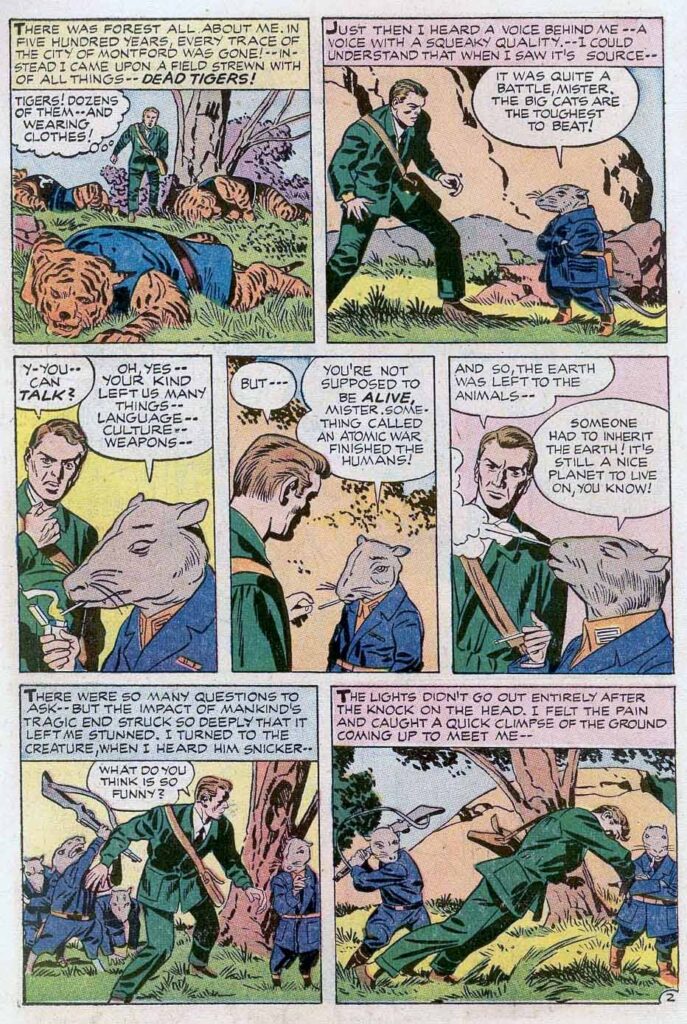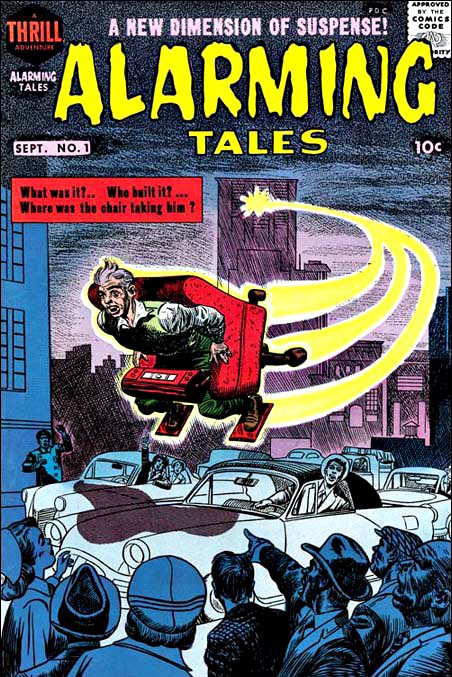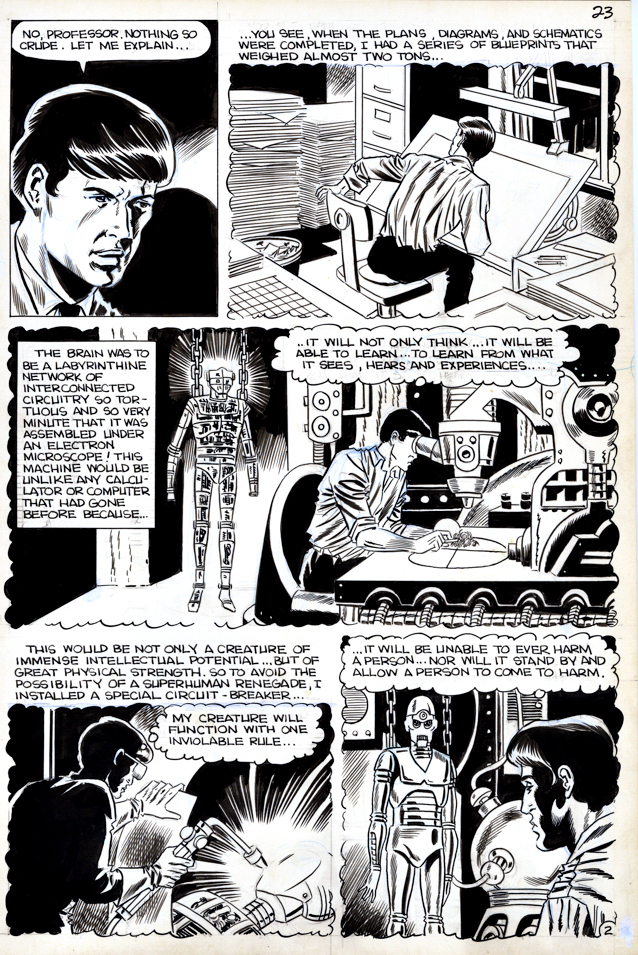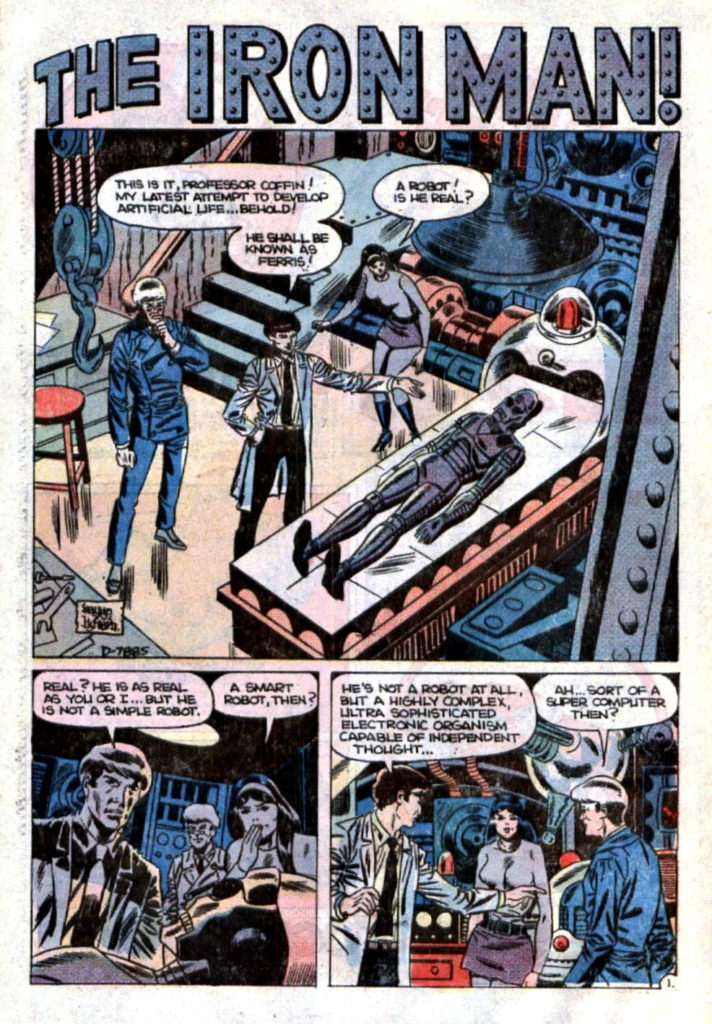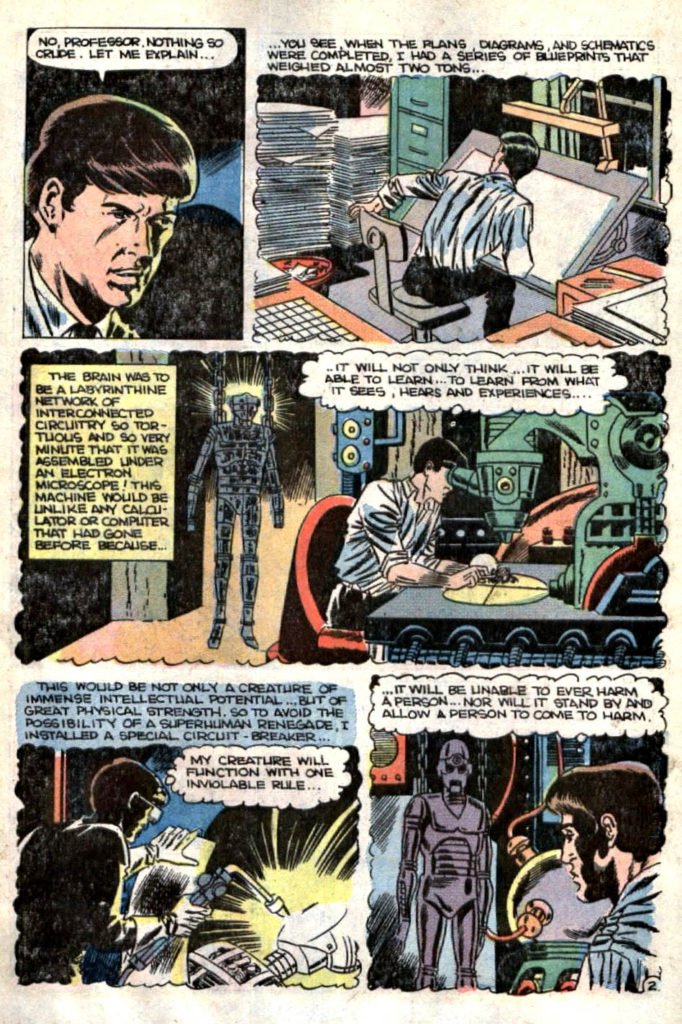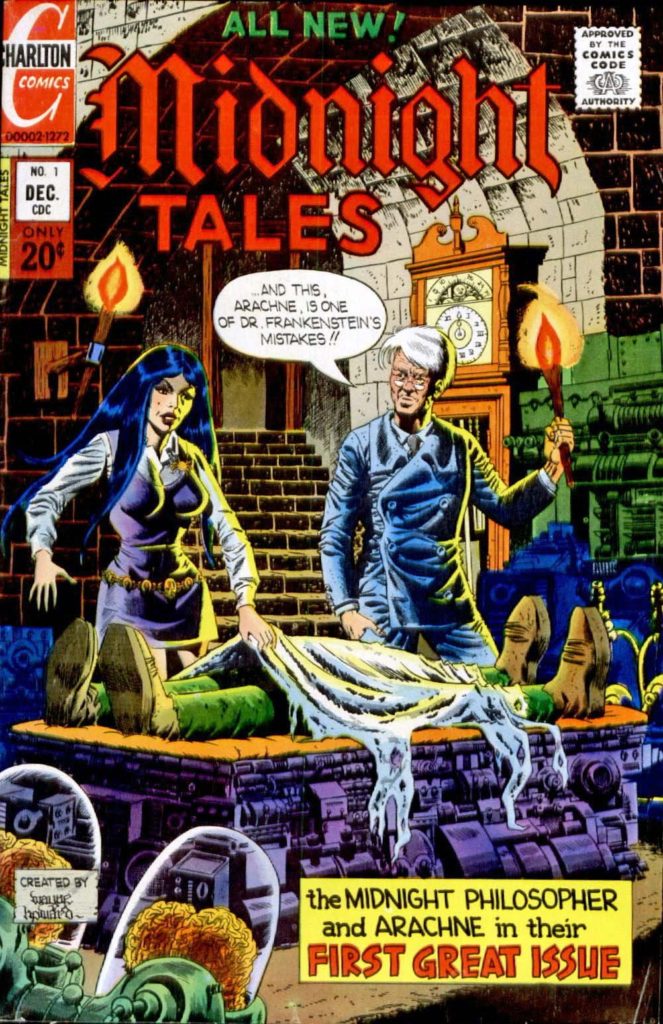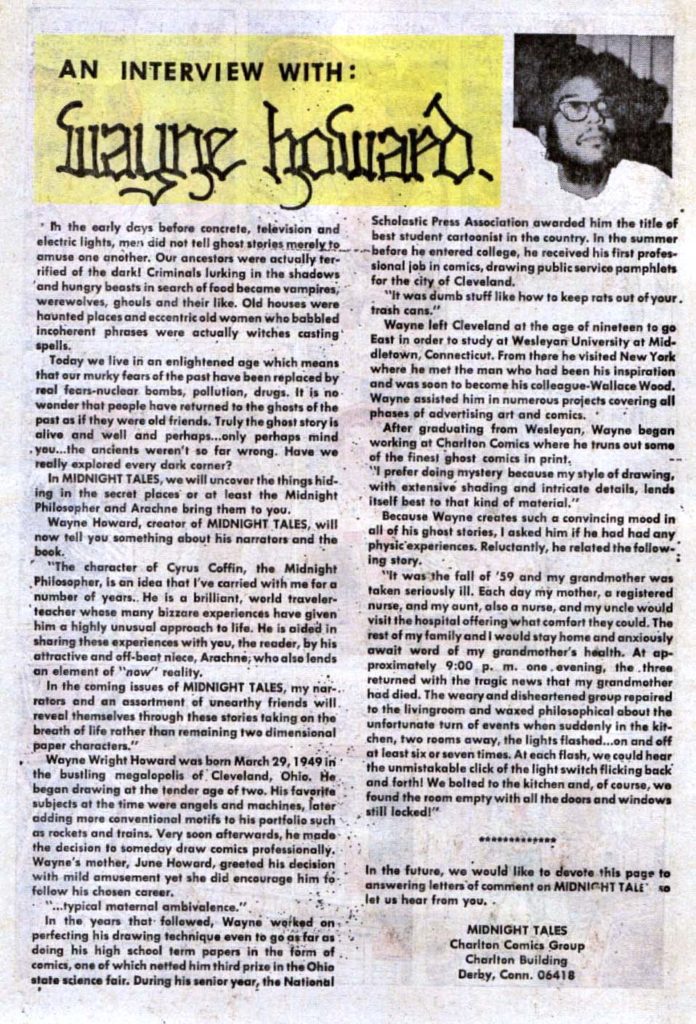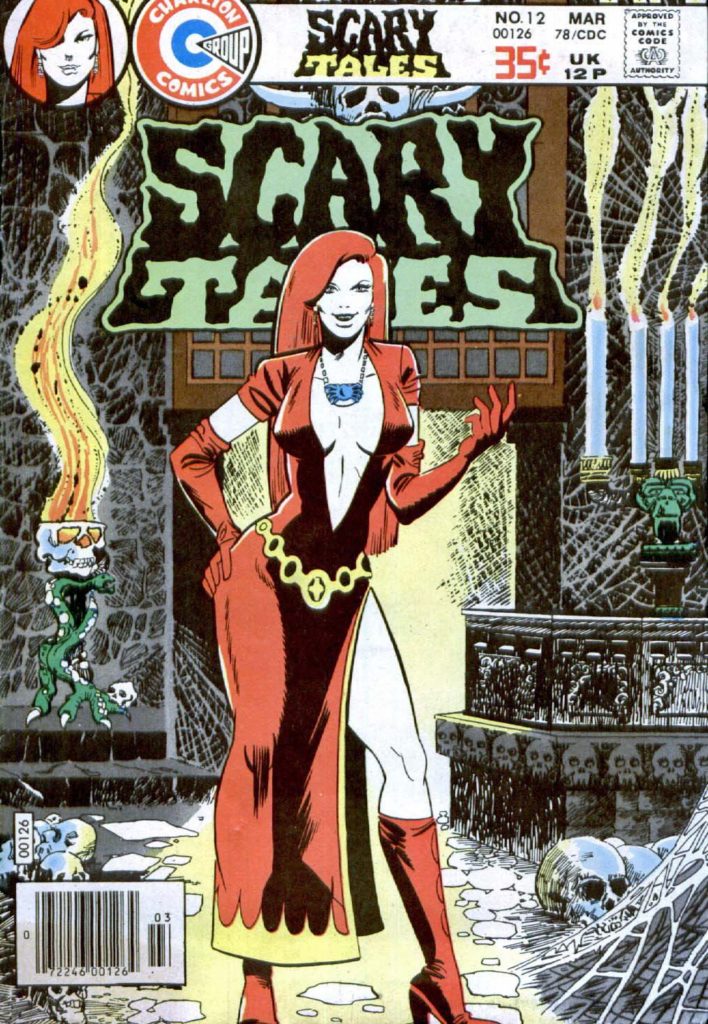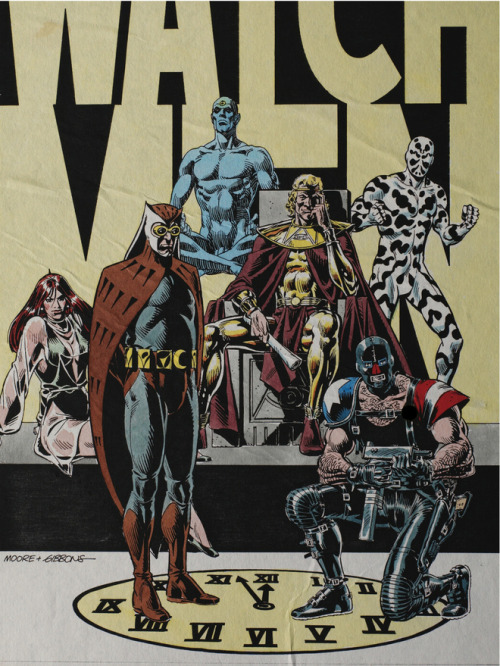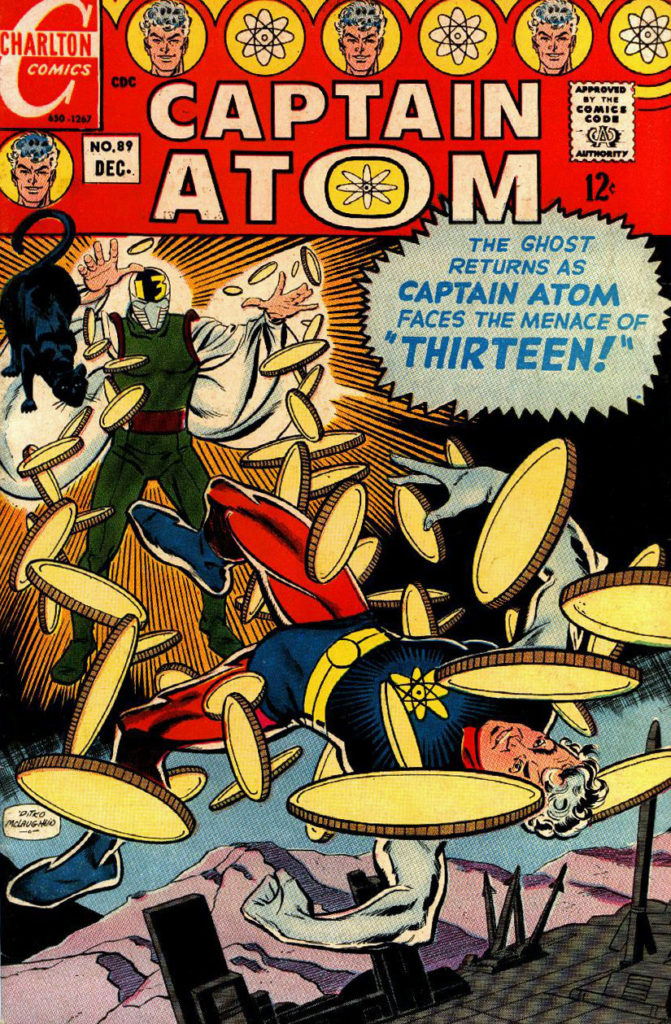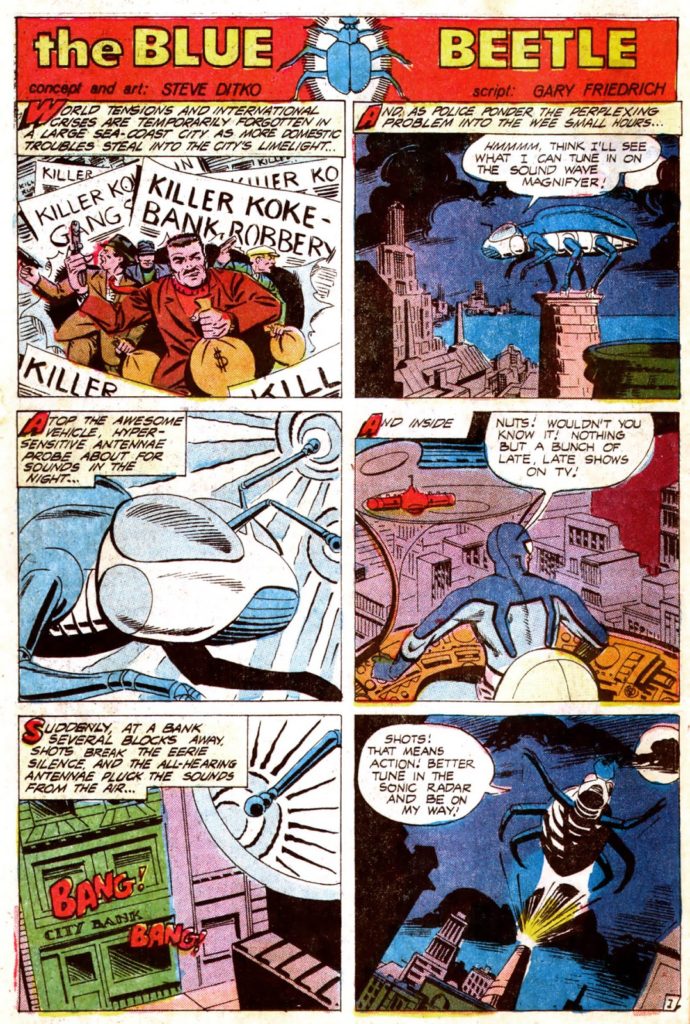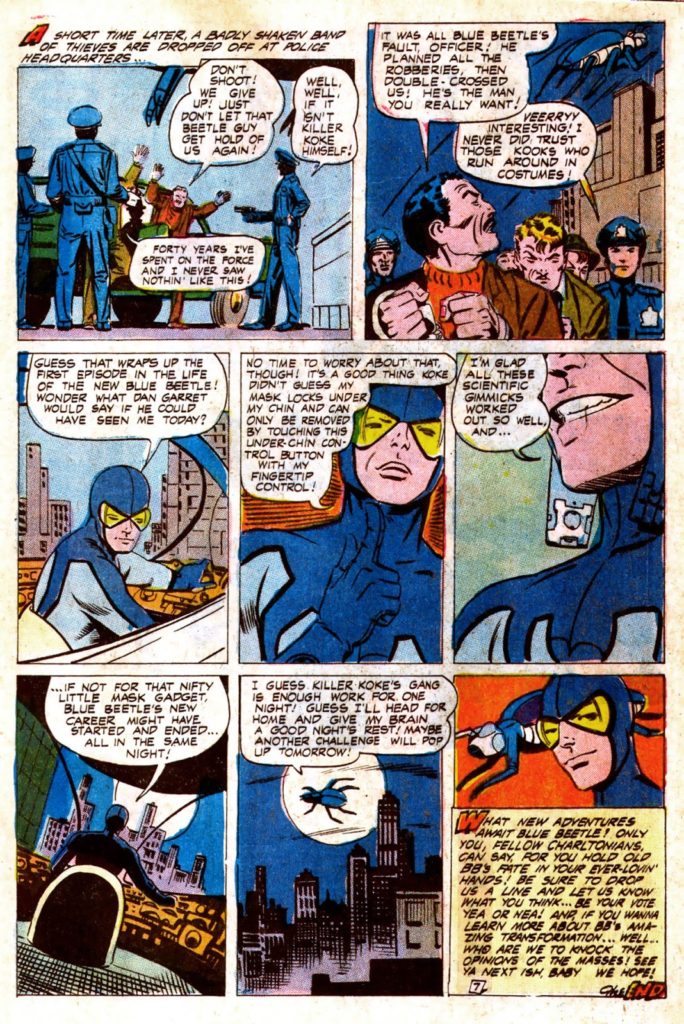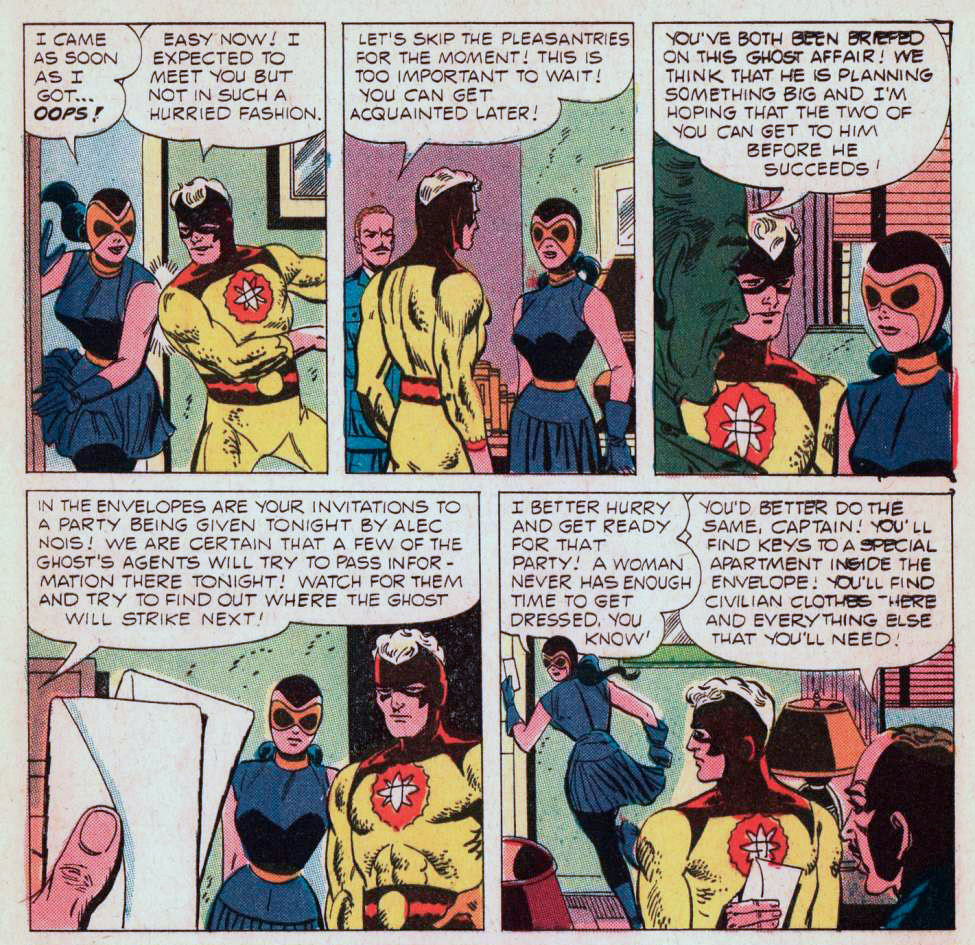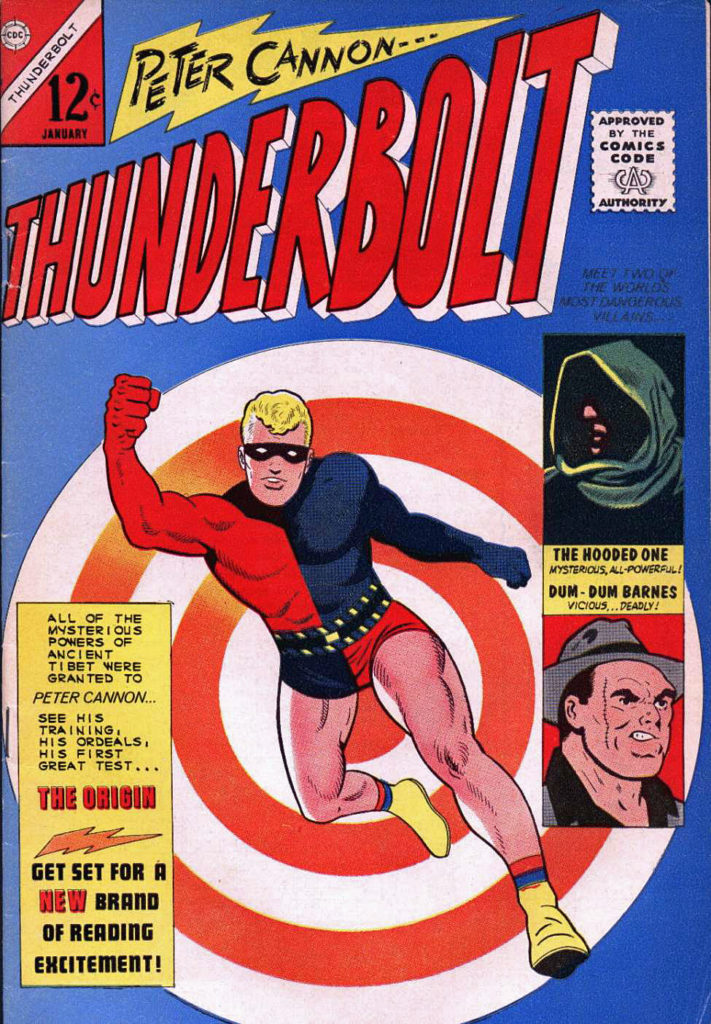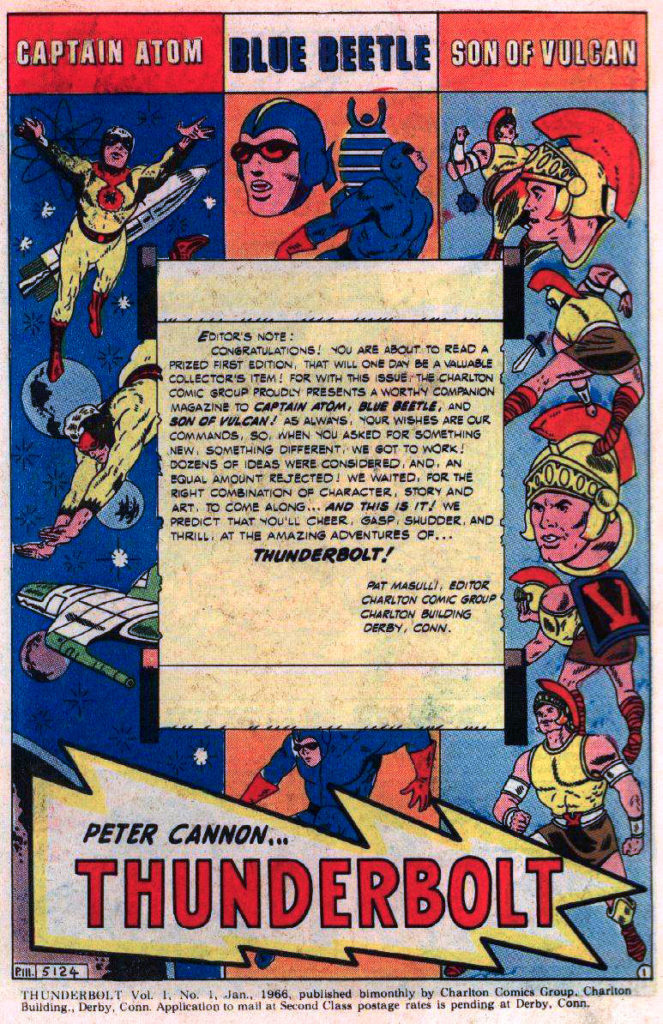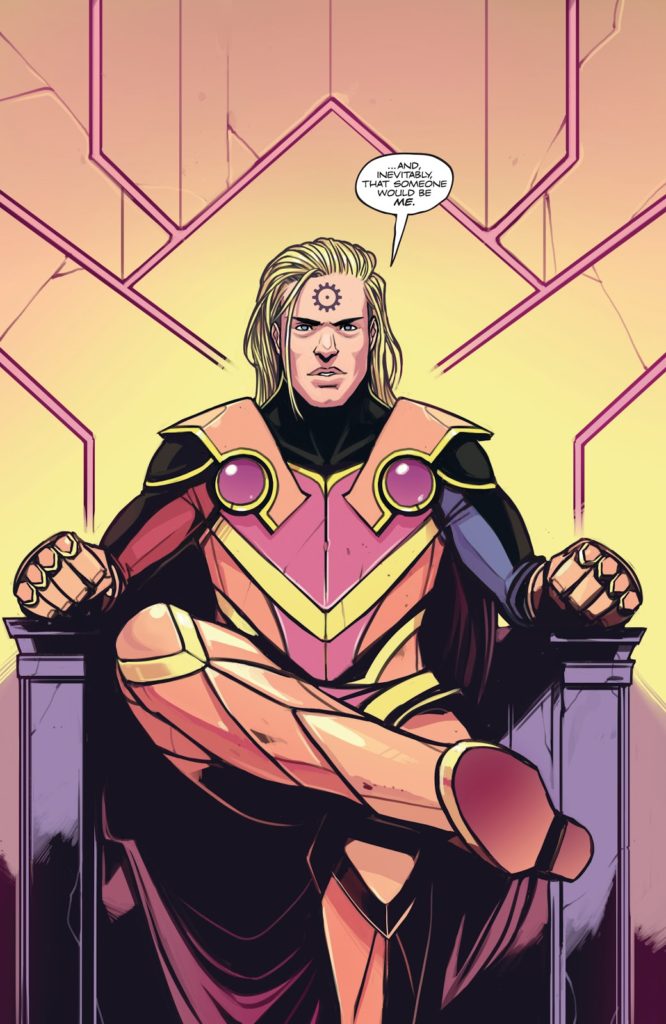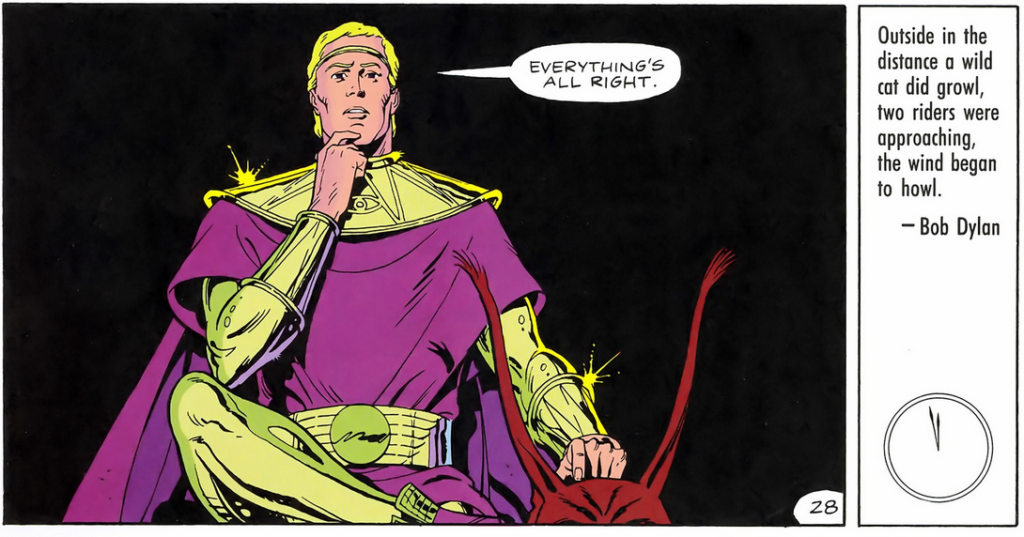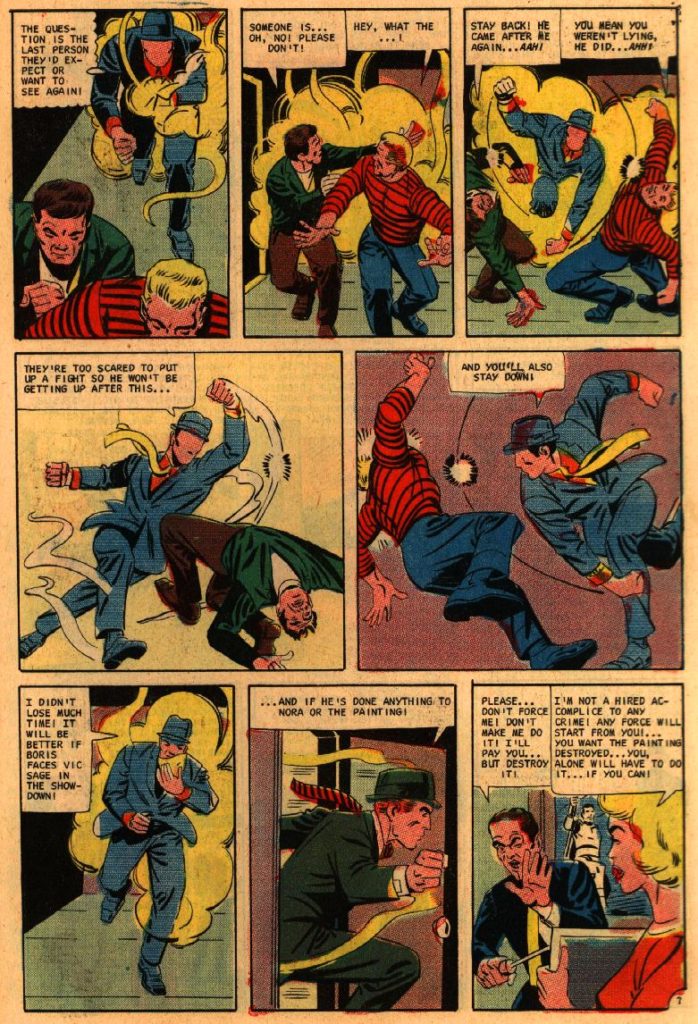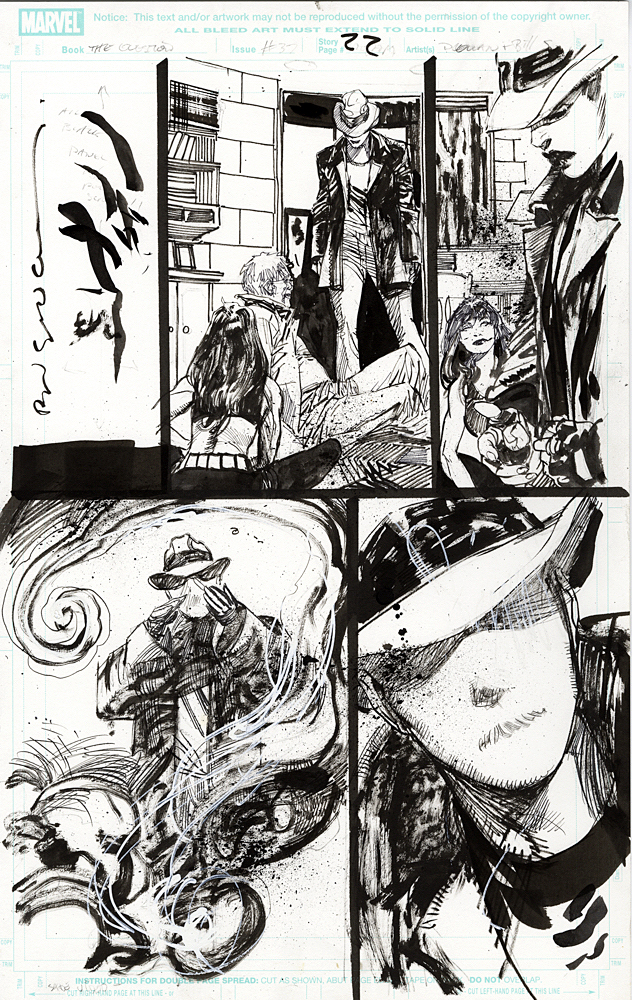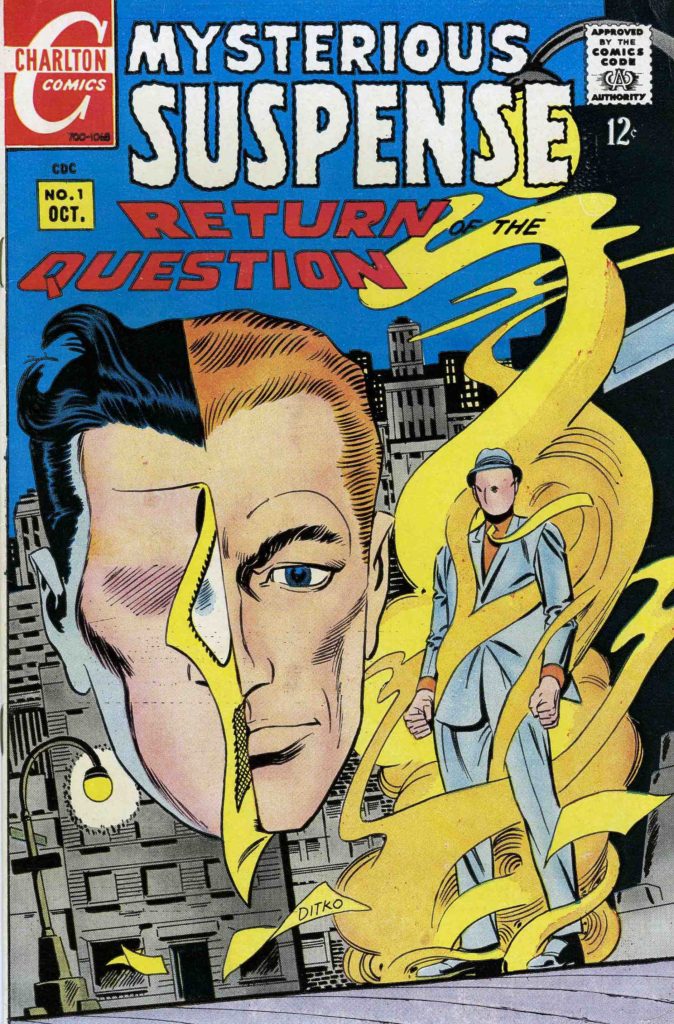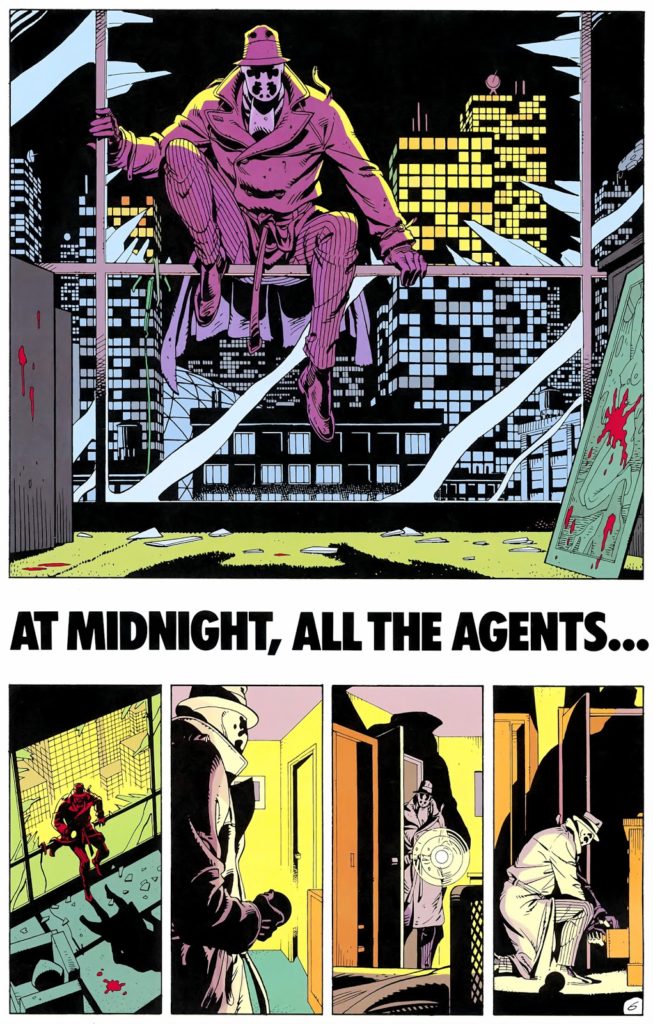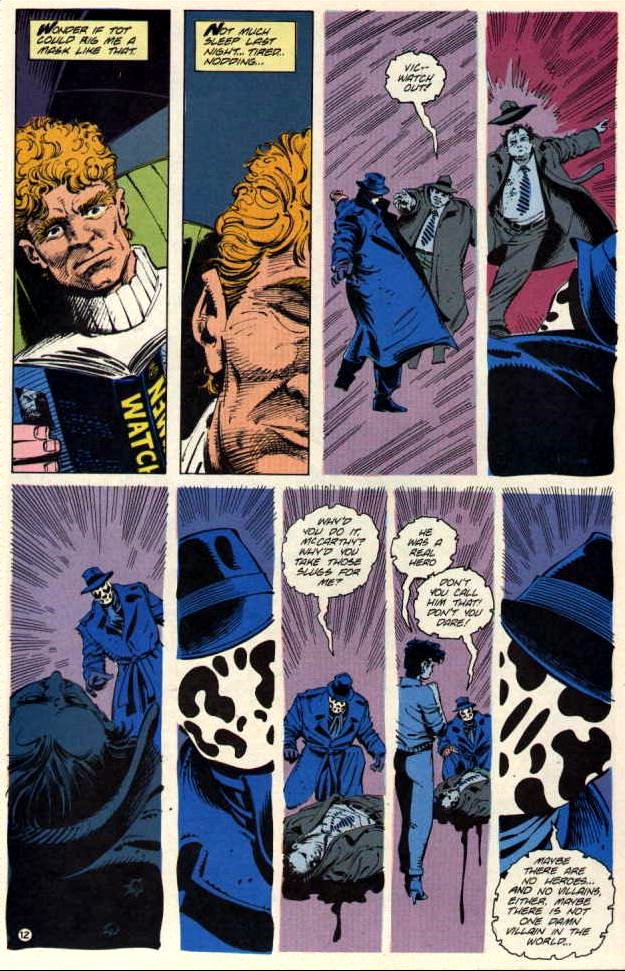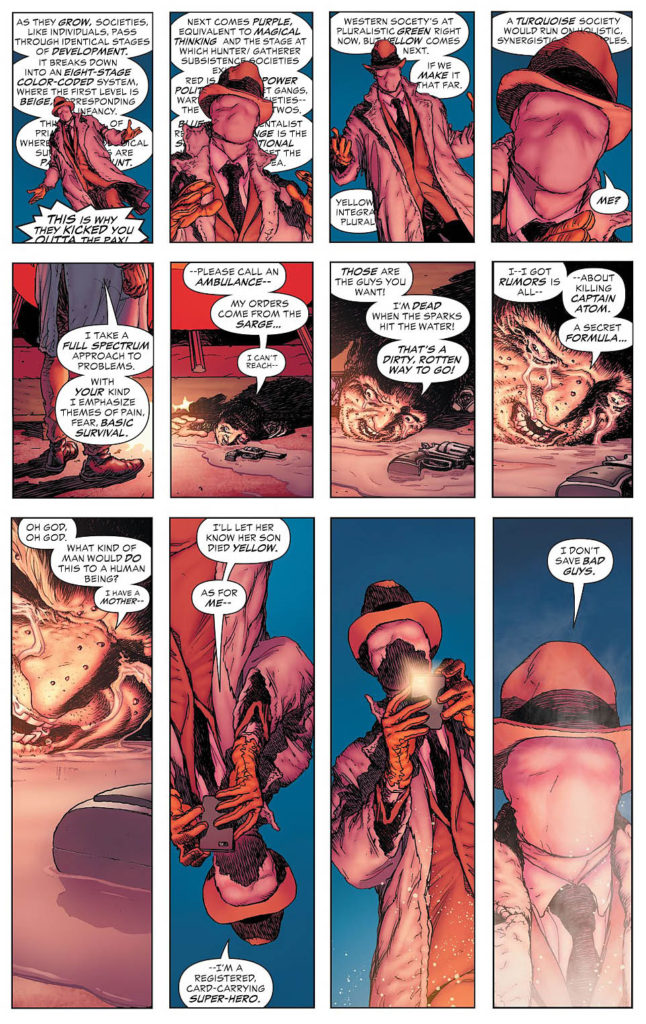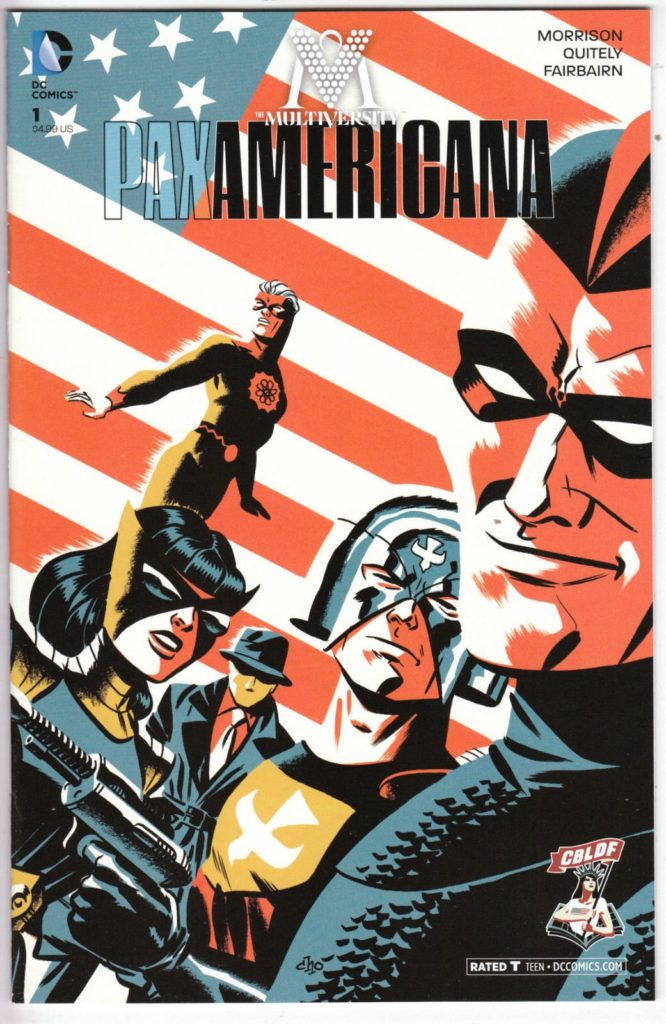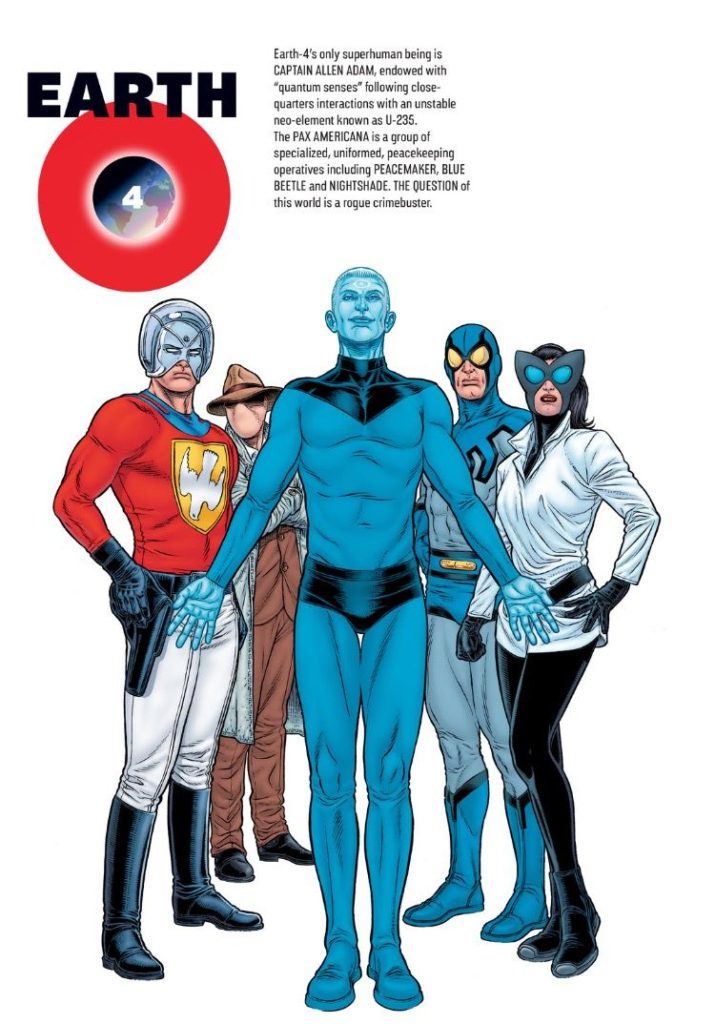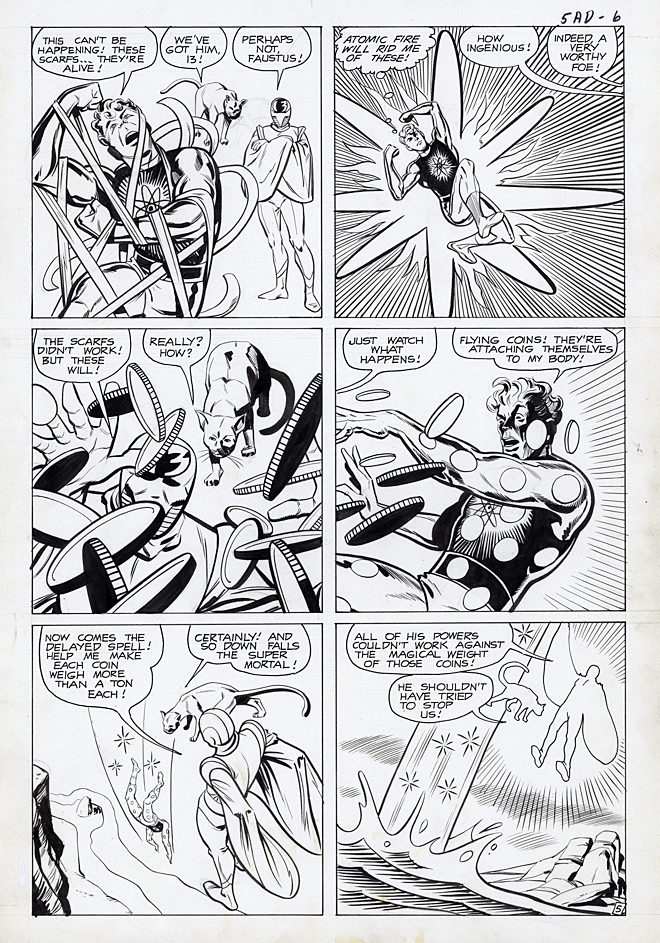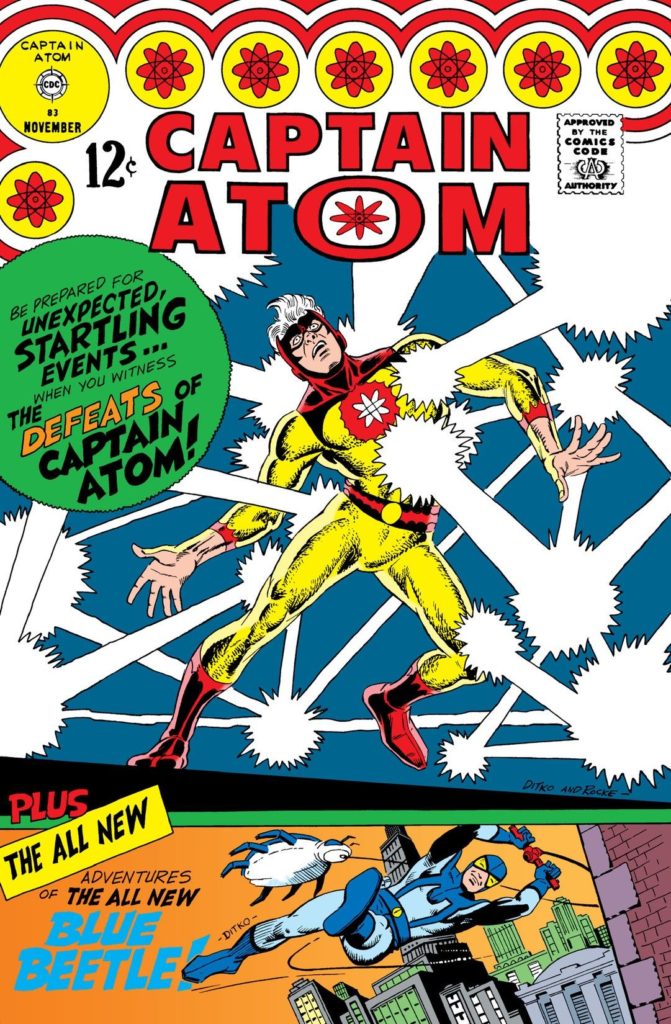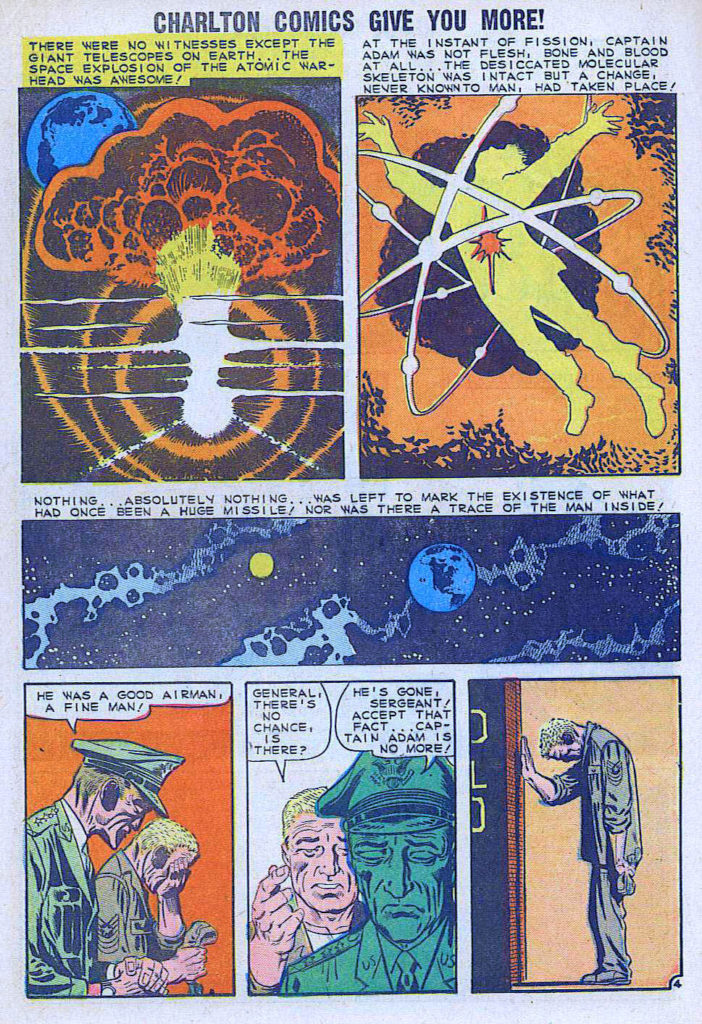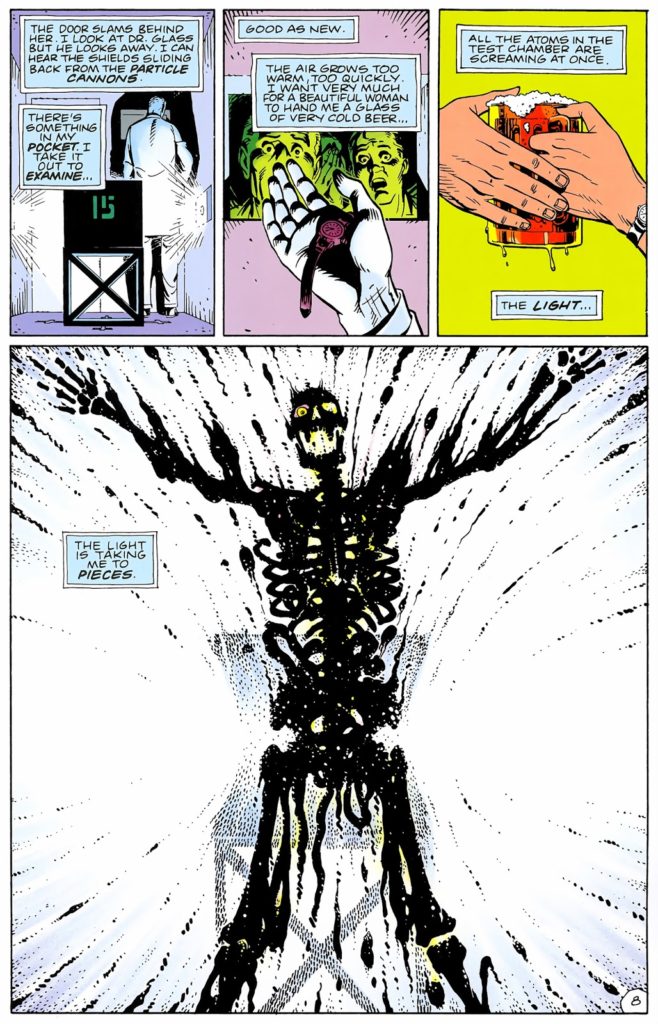Jack Kirby — Gorillas, Tigers, The Apocalypse, Oh My!
Kamandi #16, April 1974
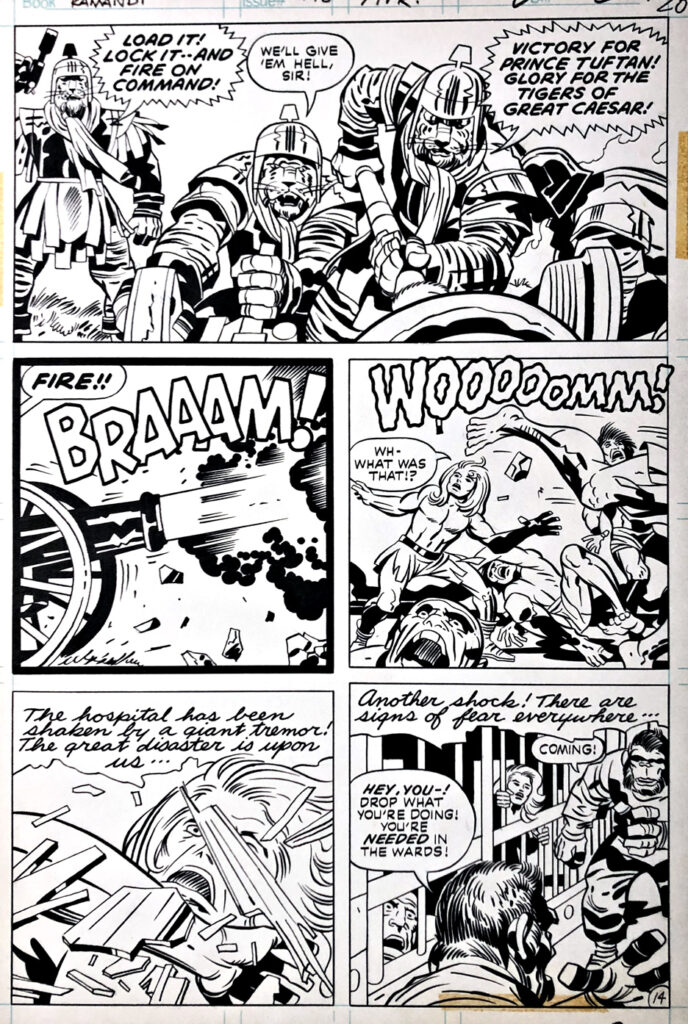
I didn’t react well to Kamandi… at first.
I was a huge fan of the Planet of the Apes Franchise, and when I first saw the promo image (The Comics Reader, probably) for the cover of issue #1, I became miffed.
Why would Jack rip off POTA? Was the King finally out of original ideas?
Ah to be that young and foolish again. Kamandi quickly became a favorite. And little did I know that the Statue of Liberty “end of human civilization trope was already a SF trope by the time Rod Serling incorporated into his brilliant POTA screenplay. (See below.)
And, if you’re going to end human civilization with one breed of animals develop advanced intelligence, why not do it with all of them.
Heh.
That’s why the King is the King.
And, it gets better. Turns out Jack was incorporating some similar ideas he had previously used in a short story in Alarming Tales, 15 years prior to Kamandi. (Also, see below.)
So, what did I know? Not much, apparently. Like I said, to be that young and foolish again.
This page is the final issue Mike Royer inked, and the first that D Bruce Berry (working apprentice style) had a hand in. He took over solo the following issue. Tom Kraft of the Jack Kirby Museum believes both worked on this specific page.
Kamandi, apes and tigers — all on one page. What more could I ask for?
Now, or then.
